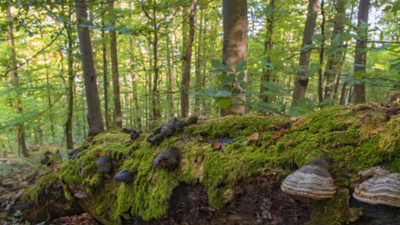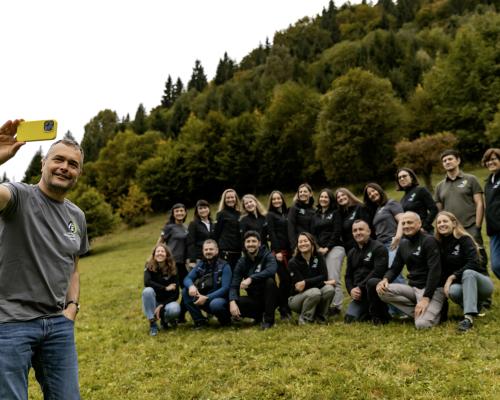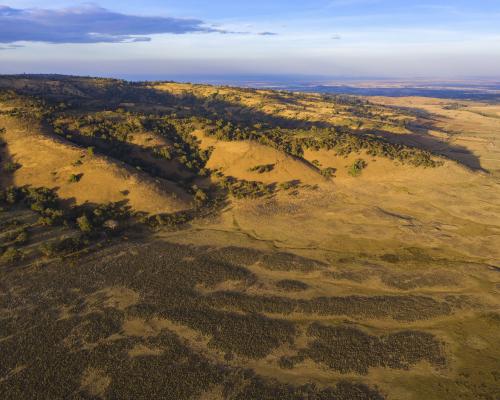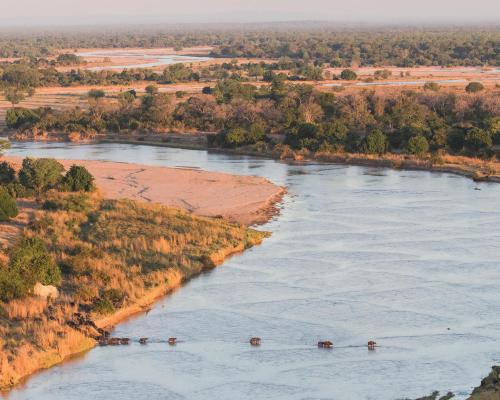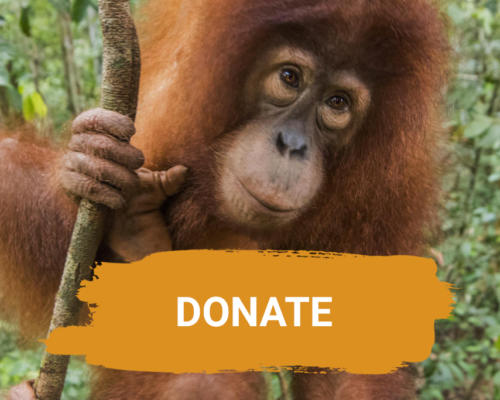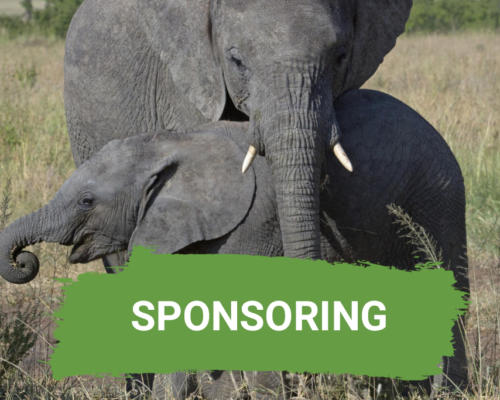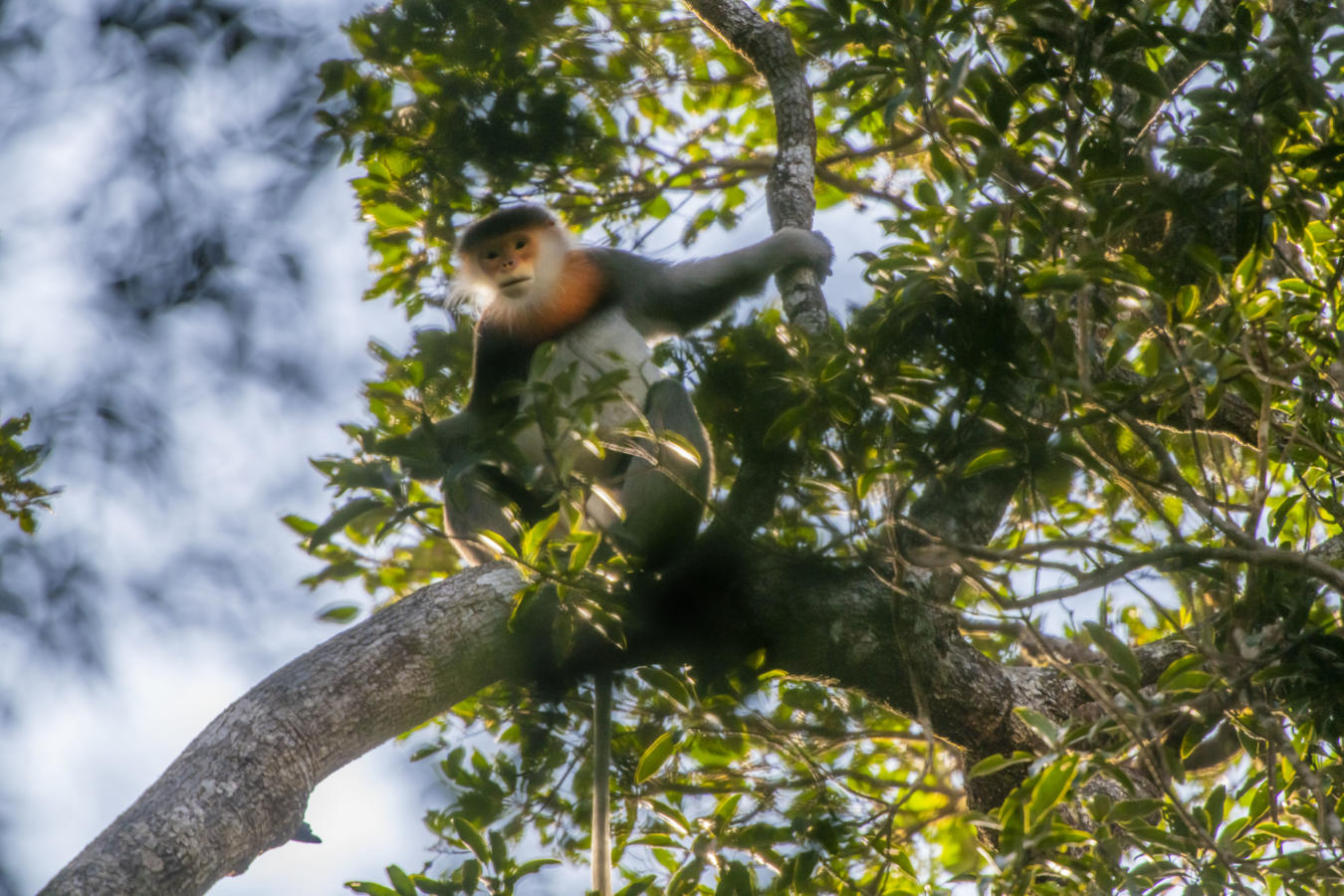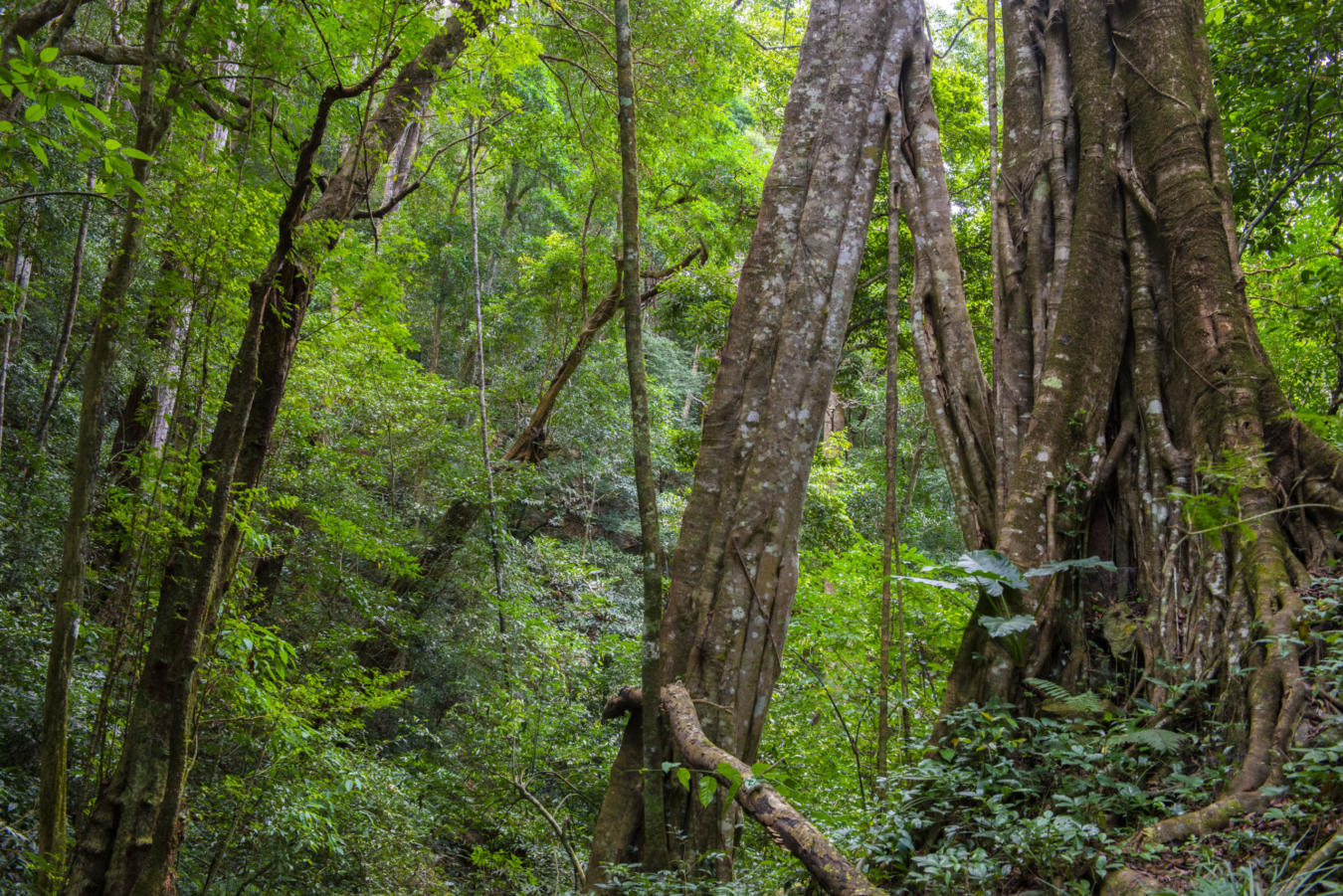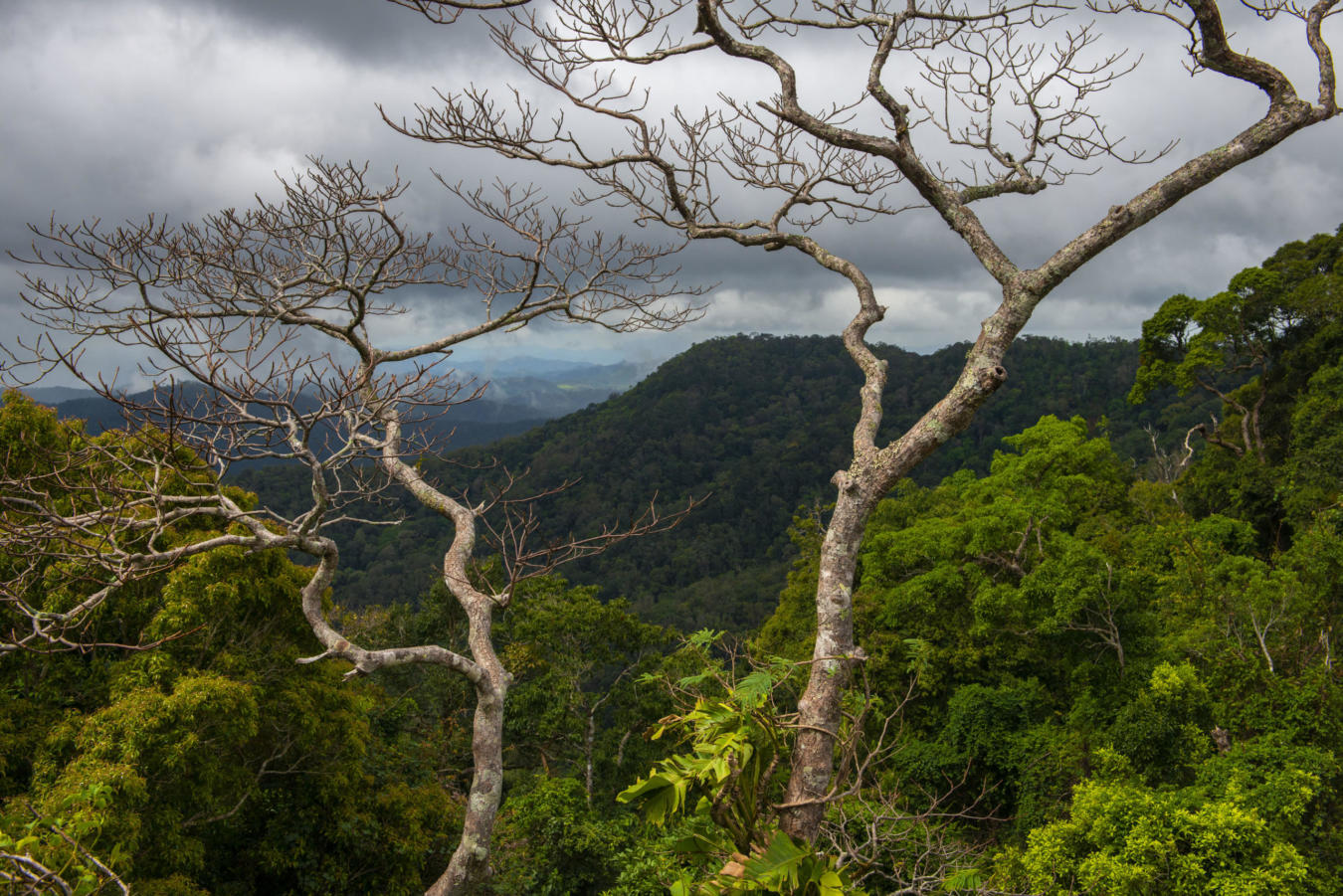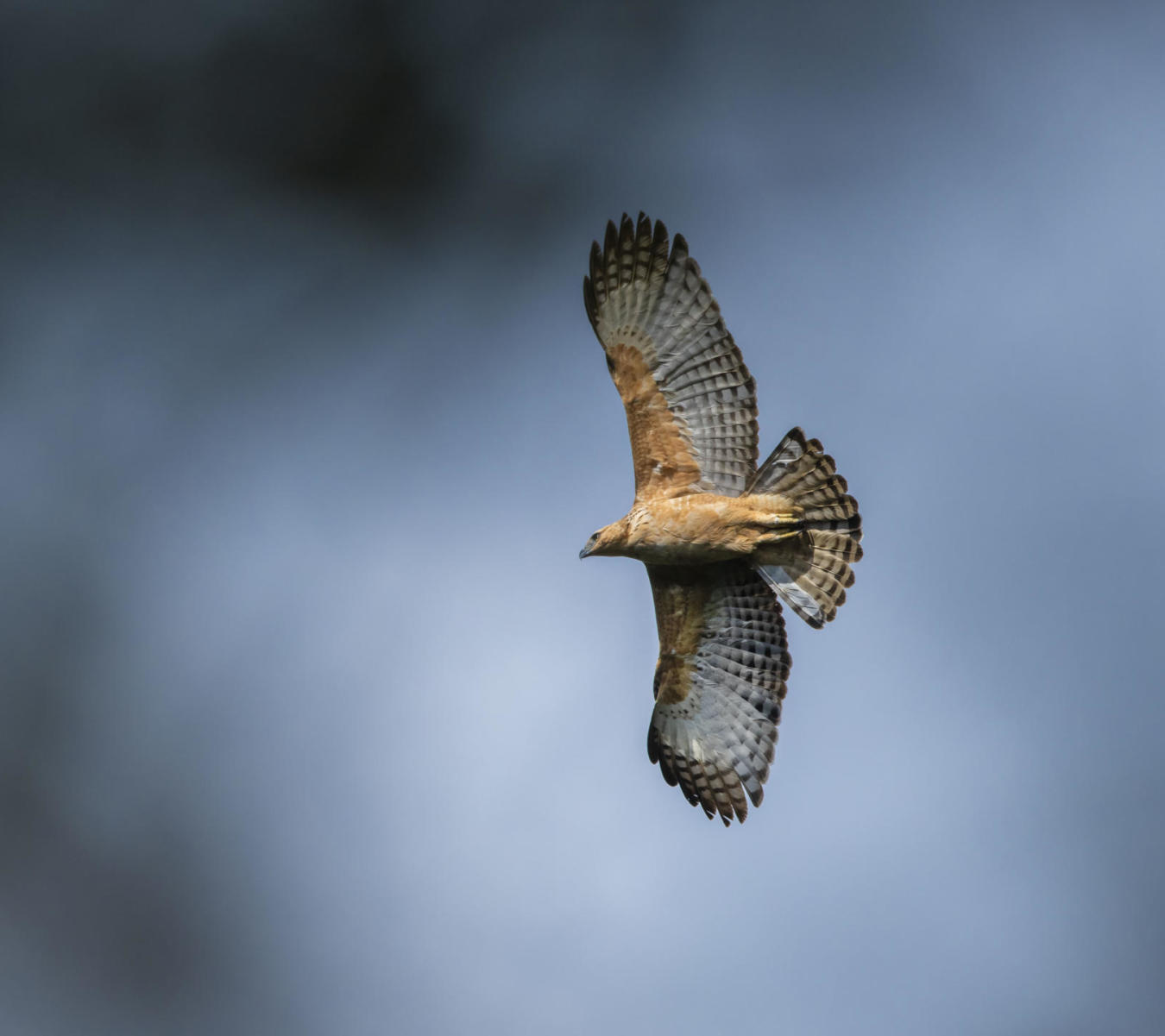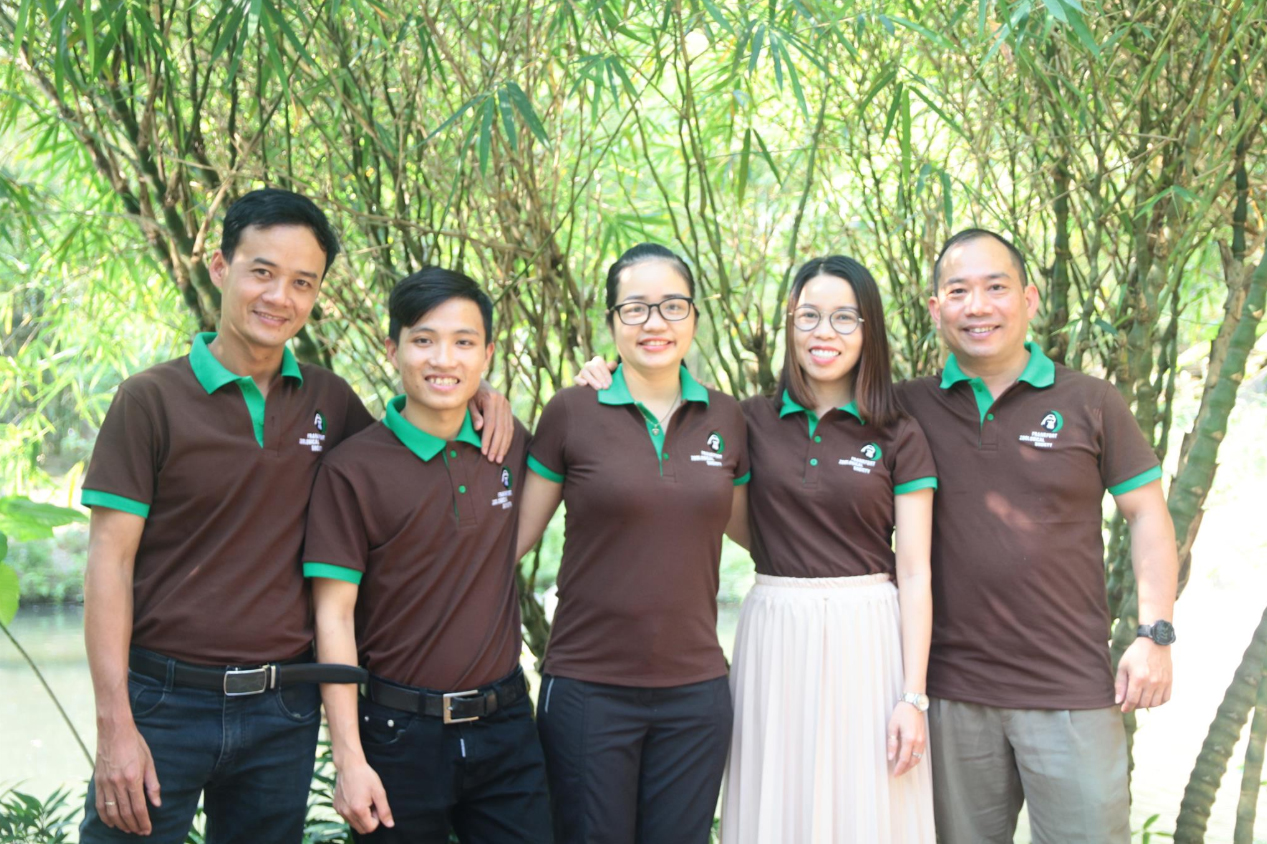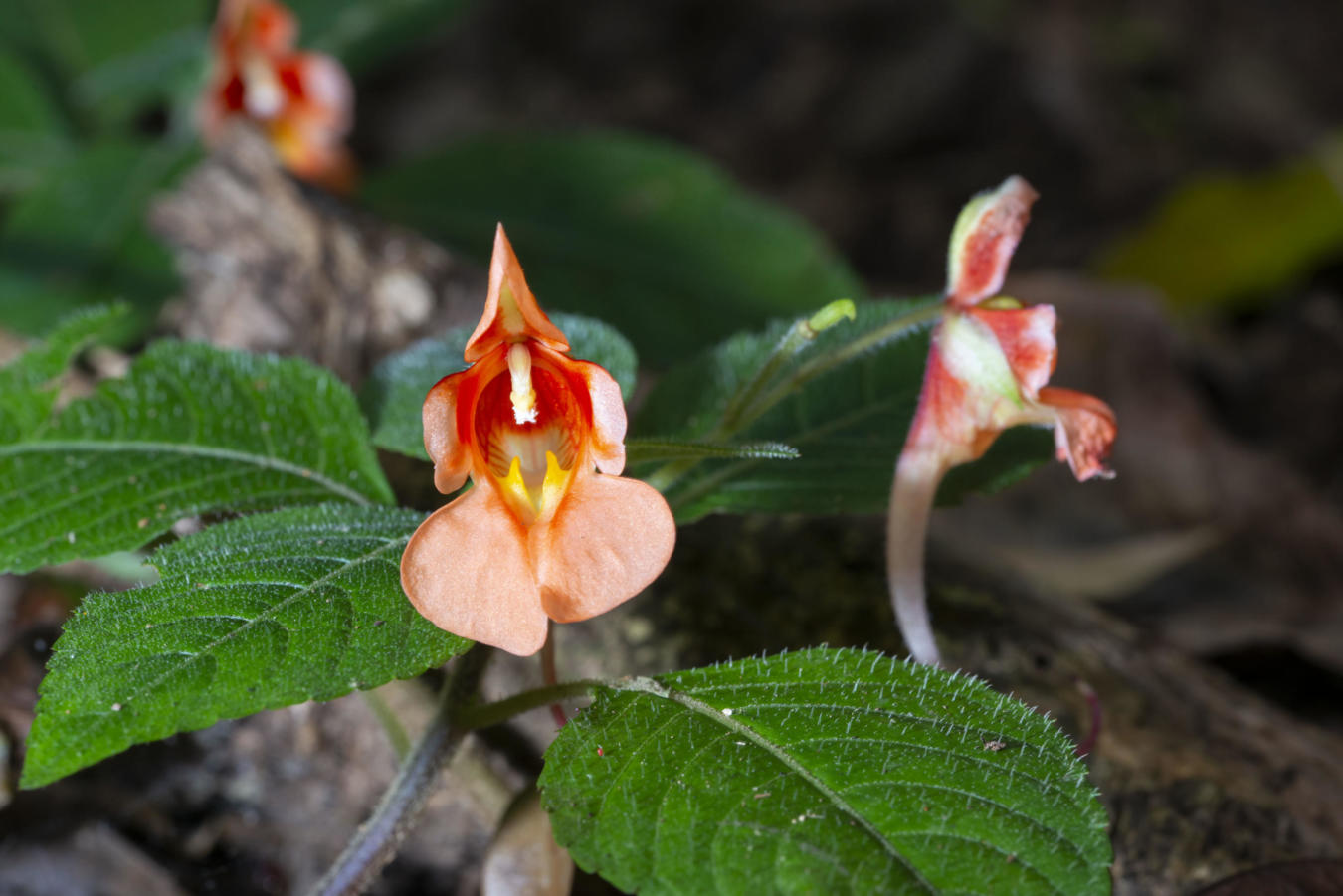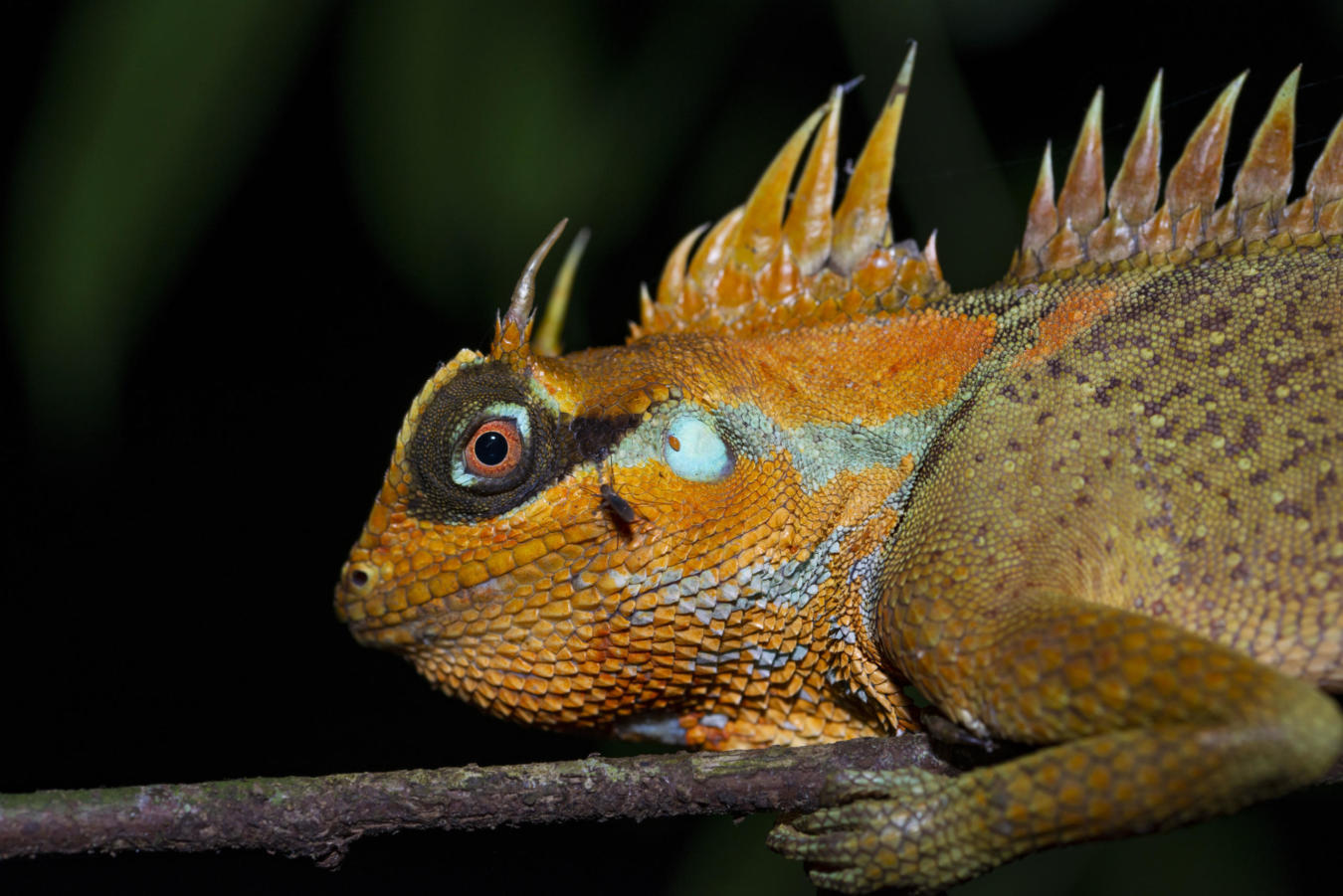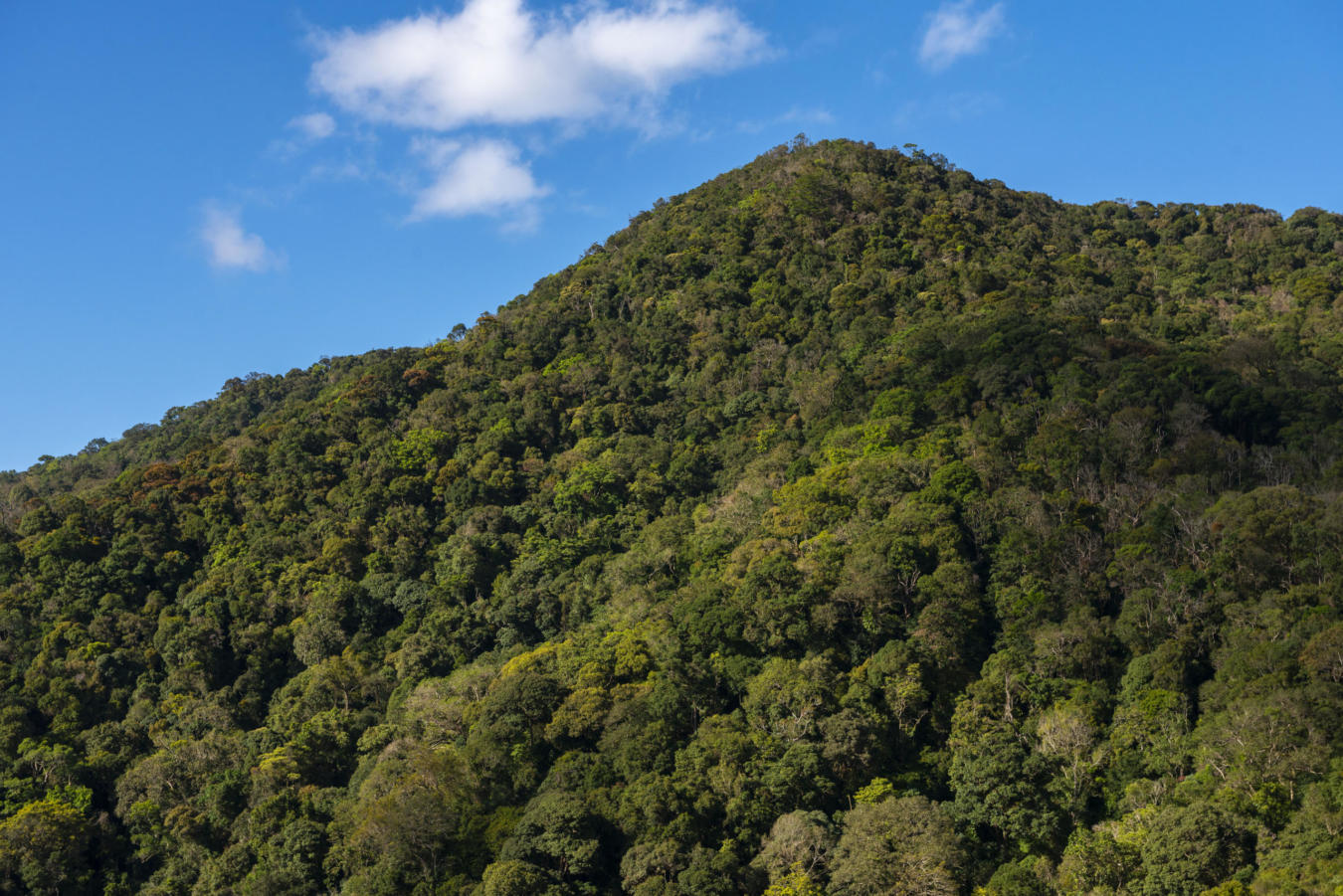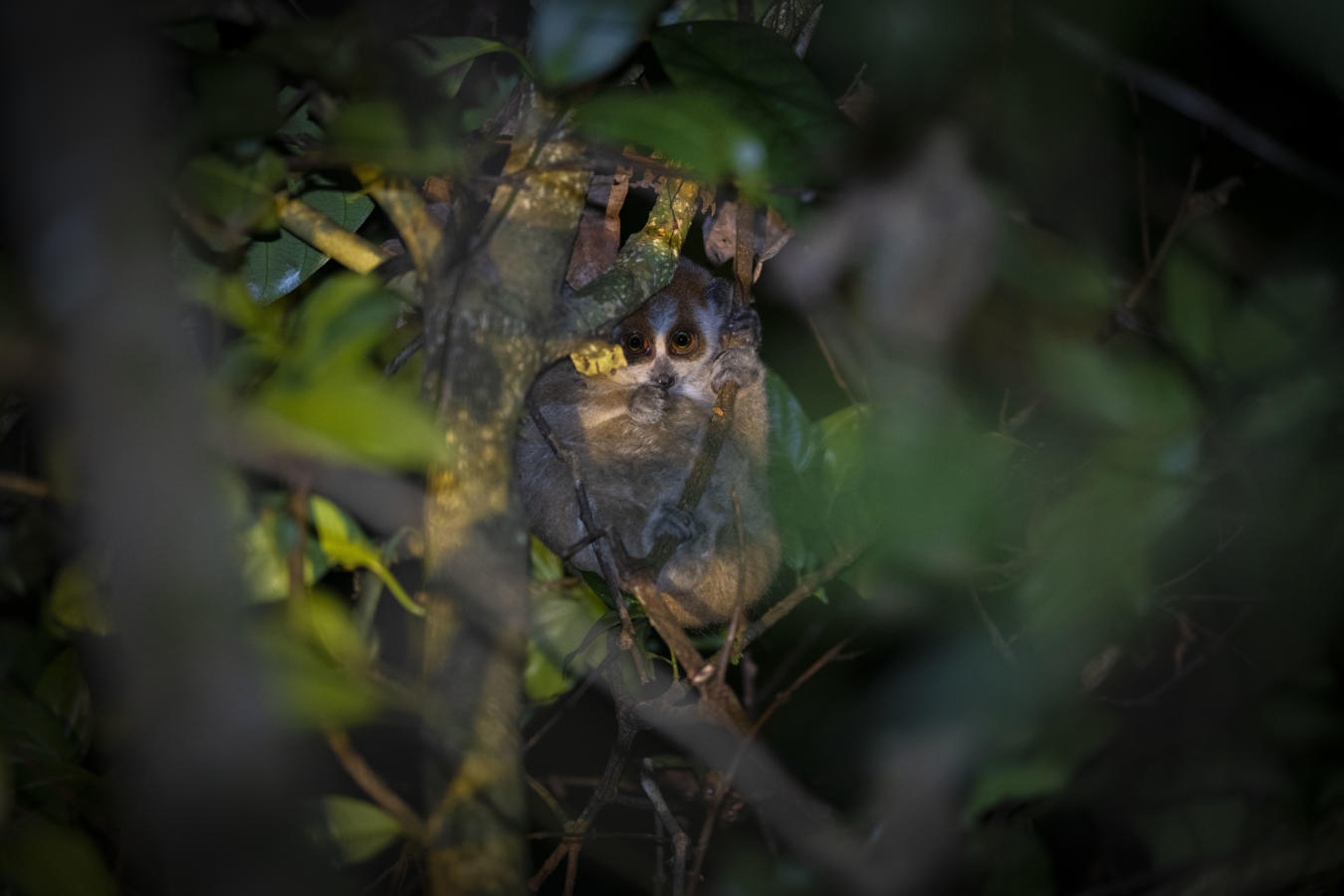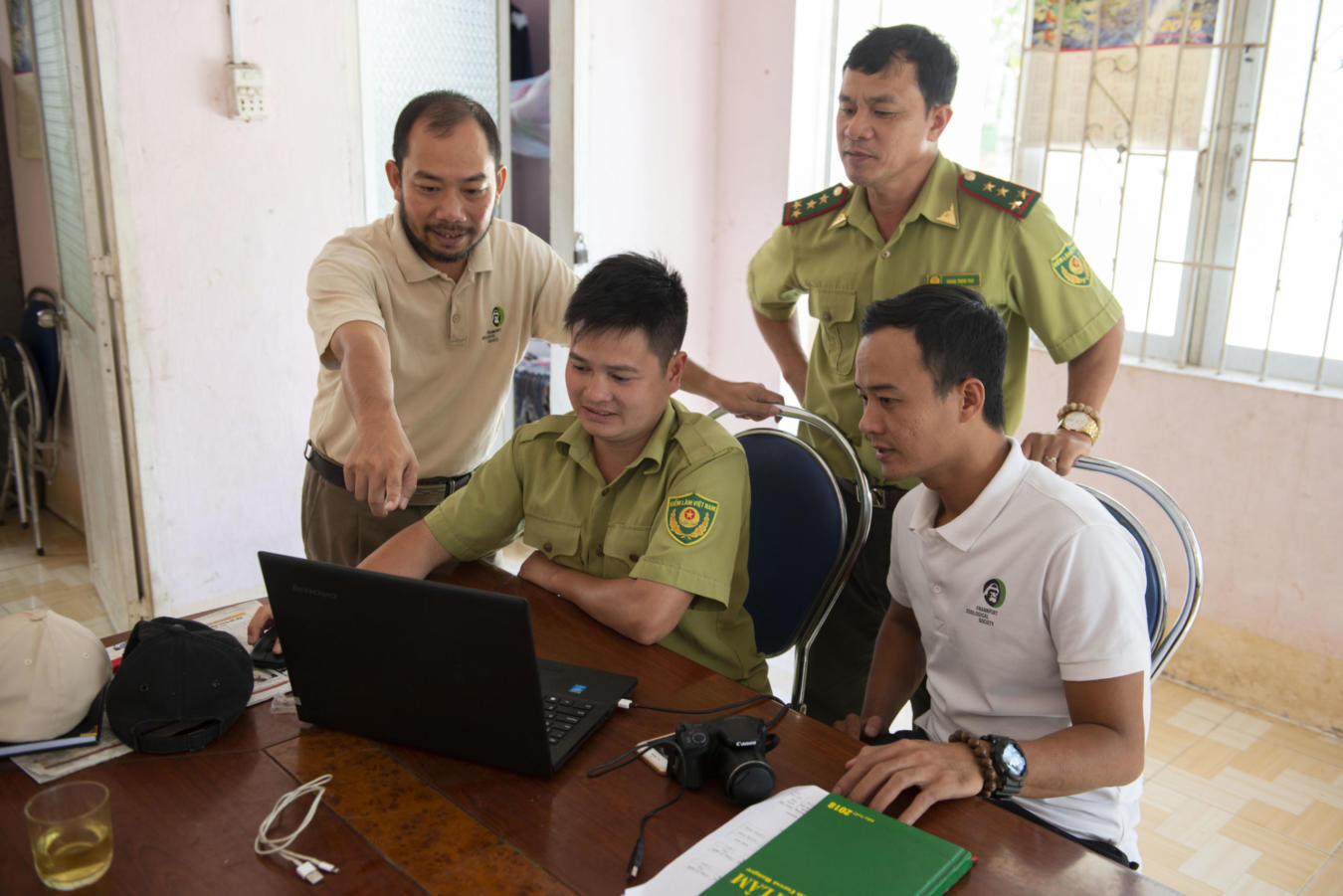On September 15th, the UNESCO Man and the Biosphere Programme established the new Kon Ha Nung Biosphere Reserve in Vietnam. 413,512 hectares in size, the reserve includes Kon Ka Kinh National Park and Kon Chu Rang Nature Reserve.
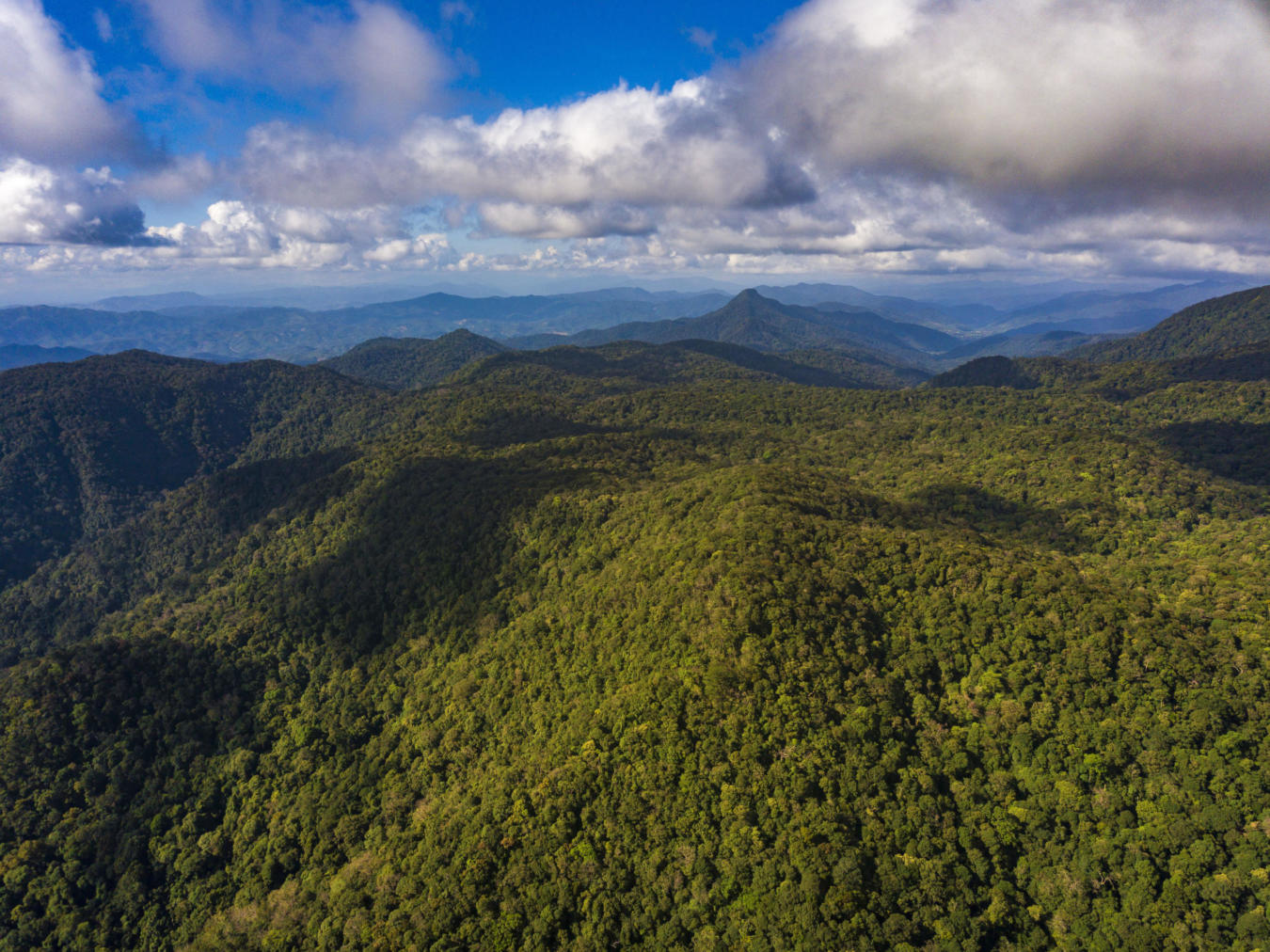
The mountainous region in central Vietnam is covered by the largest contiguous forest areas in the country. In the southern section of the approximately 1,200 km² forest region, lies Kon Ka Kinh National Park, encompassing about 420 km².
This Park is home to the largest population of grey-shanked douc langurs (Pygathrix cinerea). A primate species that is endemic to this place and is critically endangered. The Park is also home to the endangered Northern Yellow-cheeked Crested Gibbon (Nomascus annamensis), which also is found in the Kon Chu Rang Nature Reserve (155 km²).
The variety of altitudes that span several climatic zones range from humid subtropical lowland rainforests to deciduous and coniferous montane forests, creating great conditions for the enormous species richness found here. However, illegal logging, hunting, and agricultural expansion are threats to the protected areas and adjacent upland forest areas. This is why we advocate for the improved protection of the Park and the Nature Reserve, as well as the forest corridor between the two protected areas.
- Project: Forest protection in the Central Highlands of Vietnam
- Kon Ka Kinh National Park size: 420 km²
- Kon Chu Rang Nature Reserve size: 155 km²
- Project leader: Dr. Ha Thang Long
- Project start: 2010
- Kon Ka Kinh and Kon Chu Rang
- Our work focus
- Partners
- Milestones
- back to top
We collect biological data for the region, provide advice to authorities on their protection strategies, and network with interest groups so that a strong alliance of government institutions, NGOs, and the local population can keep the 1200-square-kilometer contiguous forest area secured for the long term.
Based on our commitment to the Kon Ka Kinh National Park, we have also been supporting protected area management in the Kon Chu Rang Nature Reserve, located 15 kilometers to the northeast, since 2021. In addition, we are working with other partners to promote the interconnection and preservation of unprotected forest areas in the corridor between the two protected areas.
As of 2021, we also support the management board of the UNESCO Biosphere Reserve that encompasses Kon Ka Kinh and Kon Chu Rang by sharing our knowledge and expertise in conserving wildlife and forests and by helping create the 10-year management plan.
We support habitat and wildlife conservation in Kon Ka Kinh National Park and Kon Chu Rang Nature Reserve primarily through improved training of forest guards to:
- Plan and conduct forest patrols
- Collect, document, and analyze collected results (for example illegal wildlife traps, wildlife observations) with good monitoring techniques
- Providing funding assistance that is used to conduct regular forest patrols and purchasing field equipment
- Advise Park authorities on the development of conservation measures
- Encourage community initiatives against illegal possession of protective weapons to reduce wildlife hunting
Together with Kon Ka Kinh Park Management staff, we offer environmental education activities to indigenous Bana communities located south of the Park.
These activities are available to all ages and aim to enhance the traditional knowledge of the Bana about nature. For example, our activities focus on identifying endangered plant and animal species and why and how they can be saved from extinction. Not only do we interact with adults, but we are also in touch with the youngest ones through school collaborations.
In particular, we are trying to reach out to people about the grey-shanked douc langur and Northern yellow-cheeked crested gibbon which have become rare due to habitat loss, hunting for meat, traditional medicine, and the pet trade. Only by improving their chances of survival will species-rich forests remain viable for future generations to experience.
The grey-shanked douc langur is found only in the central highland region of Vietnam, and the Kon Ka Kinh region is home to the largest existing population of this endangered species. This monkey species with its orange face, tufted whiskers, and gray thighs was first discovered and described in 1997. We monitor the population changes of these animals through forest patrols as well as in our large censuses every ten years.
Another focus of our wildlife monitoring is the Northern yellow-cheeked crested gibbon, which is listed as Endangered on the International Union for Conservation of Nature (IUCN) Red List. We are collecting field information about this little-known species.
A unique feature of our work in Vietnam includes close cooperation with the University of Danang and the Kon Ka Kinh Park Administration, with whom we offer annual theoretical and hands-on training courses in nature and wildlife conservation. Courses normally consist of about 25 biology and environmental science students.
Students learn how to conduct research studies and how to publish their results in scientific journals, while at the same time they contribute towards our understanding of the still relatively unknown Kon Ka Kinh protected area and its surroundings in the central highland region.
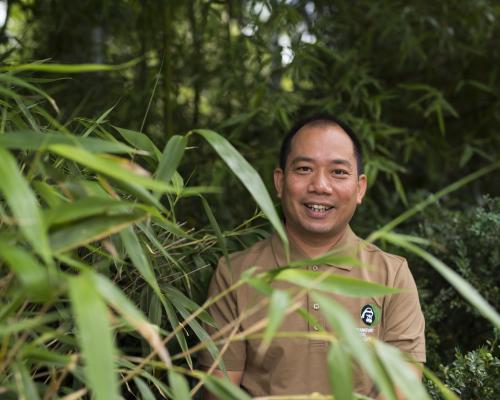 04/24/2025Press release
04/24/2025Press releaseFrankfurt Conservation Award 2025 (Bruno H. Schubert-Preis) goes to FZS Project Leader Ha Thang Long from Vietnam
04/24/2025Press releaseFrankfurt Conservation Award 2025 (Bruno H. Schubert-Preis) goes to FZS Project Leader Ha Thang Long from Vietnam
Frankfurt, April 24, 2025 — In its 42nd year, the Bruno H. Schubert Foundation is awarding one of Germany’s most prestigious environmental prizes—the Frankfurt Conservation Award (Bruno H. Schubert Preis)—this evening in Frankfurt. The award in the category of “Applied Conservation” goes to Ha Thang Long, PhD, who leads the … Read more
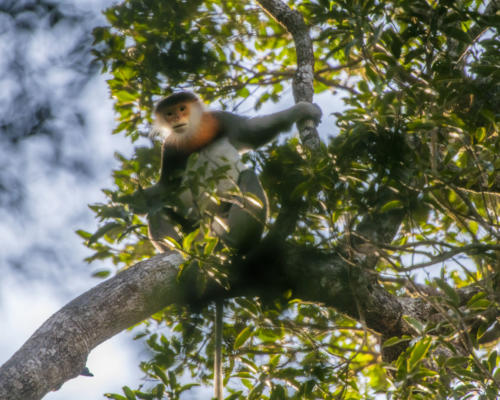 01/26/2023FZS in the media
01/26/2023FZS in the mediaProtecting endangered douc-langurs in Vietnam
01/26/2023FZS in the mediaProtecting endangered douc-langurs in Vietnam
Nguyen Ai Tam has been spending more time in the forest than at home. He observes, records and studies the behavior of the primate that is found only in Vietnam.
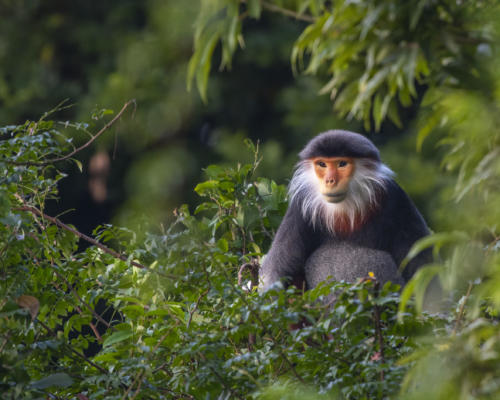 07/29/2022Project update
07/29/2022Project updateWhere the rare apes are
07/29/2022Project updateWhere the rare apes are
The most extensive forest area in Vietnam is found in the central part of the country. It is half the size of Luxembourg spanning about 1,200 square kilometers and encompasses two FZS supported projects, Kon Ka Kinh National Park, and Kon Chu Rang Nature Reserve. This is a biodiverse and … Read more
Successful conservation is always the result of great teamwork. We collaborate with local communities, national authorities, and conservation organizations. Our partners make our conservation work possible.
-
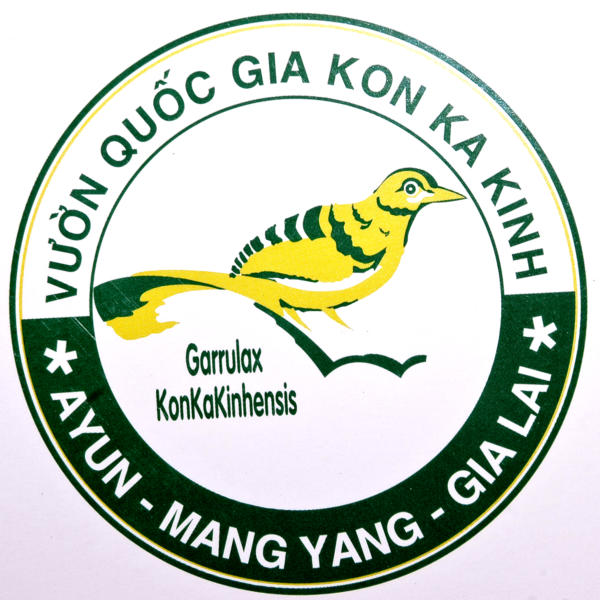 Kon Ka Kinh National Park Management Board, Gia Lai Province
Kon Ka Kinh National Park Management Board, Gia Lai Province -
 Department of Protected Area Management (DoPAM), Hanoi
Department of Protected Area Management (DoPAM), Hanoi -
 People’s Aid Coordinating Committee (PACCOM), Hanoi
People’s Aid Coordinating Committee (PACCOM), Hanoi -
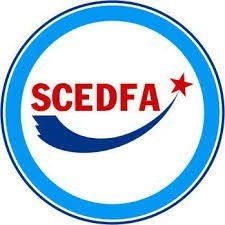 Service Center for Danang Foreign Affair, Danang City
Service Center for Danang Foreign Affair, Danang City -
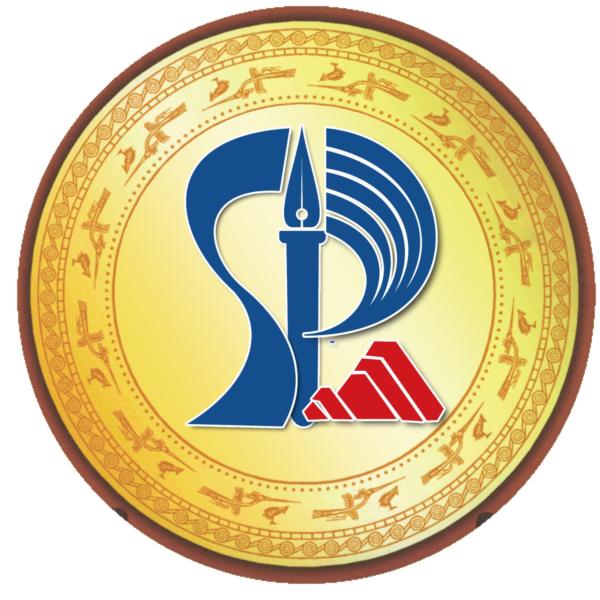 The University of Science and Education, Danang City
The University of Science and Education, Danang City -
 Fauna & Flora
Fauna & Flora -
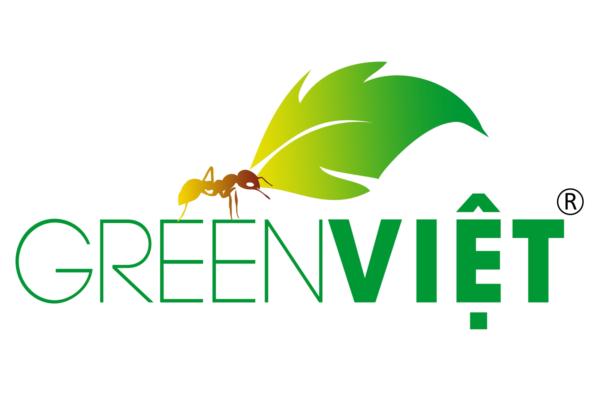 GreenViet
GreenViet -
 Walter und Monika Schneider – Stiftung
Walter und Monika Schneider – Stiftung -
 Stiftung Artenschutz
Stiftung Artenschutz -
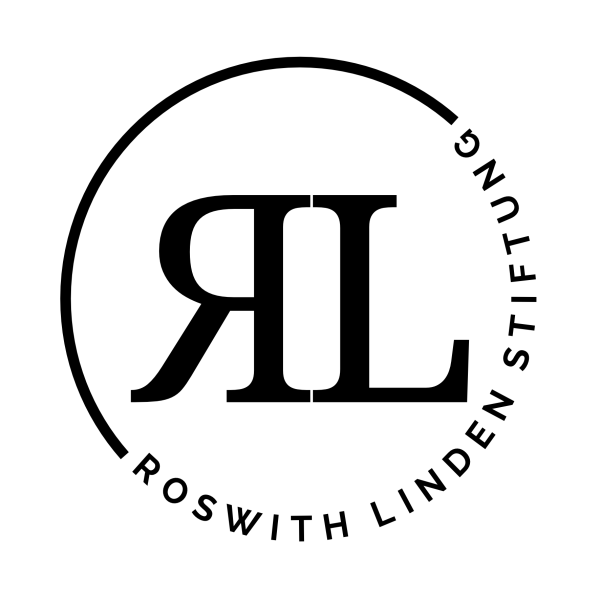 Roswith Linden Stiftung Berlin
Roswith Linden Stiftung Berlin
FZS expands habitat and wildlife conservation in Vietnam to include the Kon Chu Rang Nature Reserve.
The second grey-shanked douc langur census in Kon Ka Kinh National Park takes place, showing positive results in comparison to 2010 data – the start of the project.
FZS conducts an initial inventory of yellow-cheeked crested gibbon occurrence in Kon Chu Rang Nature Reserve.
FZS expands conservation activities to include the endangered northern yellow-cheeked crested gibbons thanks to funding from Stiftung Artenschutz and its partner zoos.
FZS supports the establishment of Vietnamese NGO GreenViet, which aims to protect the unique forest ecosystem with endangered species in the central highlands region.
FZS establishes an annual practical training course for 25 biology and environmental science students, with the University of Danang and the Kon Ka Kinh Park Management.
The first grey-shanked douc langur census in Kon Ka Kinh National Park takes place.
Start of the Kon Ka Kinh National Park project.


